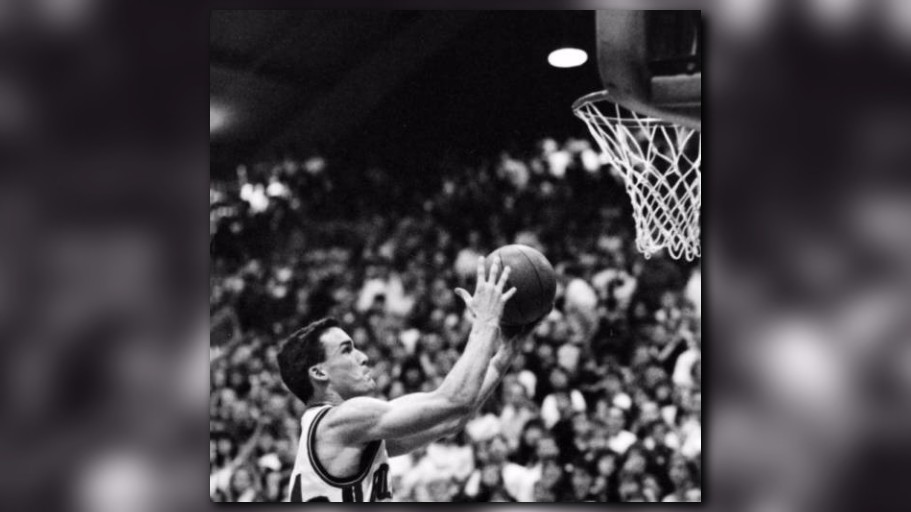When people discover that I played basketball for Gonzaga last century, they sometimes ask, “What are the biggest differences in the program today?” That’s a pretty long list. It starts with superior athletes and better facilities and doesn’t end until I point out that Jack and Dan’s now has a kids’ menu. As one of its former bartenders, that last difference is equally amazing and worthy of praise for former Zag Jeff Condill.
Although listing the similarities between then and now takes less time, it reveals one foundation of the program’s success: Bring in the right people and teach them simple truths. Work harder than anyone else. Prepare more than anyone else. Say thanks. Give back.
Those simple truths are not exclusive to basketball – players carry them through life.
A few weeks ago former Zags Matt Santangelo, David Pendergraft, Adam Morrison, Sam Dower, and Paul Verret once again donated their weekend to teach local kids at the Dan Fitzgerald Signature Basketball Camp. Former Zags donate their time and money to the Dan Fitzgerald Memorial Basketball Tournament where the high school teams volunteer at the Union Gospel Mission and Sacred Heart Childrens’ Hospital, fans annually donate over 1,000 pounds of food to Second Harvest, and over $100,000 has been donated to local charities. It’s not about former Zags honoring their former coach. It’s about continuing the legacy of giving back based on the simple truths taught at Gonzaga.
I’ve watched the current Zags work harder than their opponents. I’ve seen them prepare more than other teams. They are respectful and gracious after a win or a defeat. I’ve watched Nigel be invariably polite and respectful to everyone in a room that has a question for him. I’ve seen Przemek graciously pose for picture after picture after picture with anyone who asks. They also give back to our community. In this academic year alone they have volunteered at the Union Gospel Mission, Habitat for Humanity, Catholic Charities (Trunk or Treat and its Clothing Drive), Spokane VA Medical Center, N7 Clinic, and the Juvenile Diabetes Research Foundation One Walk. The entire roster is populated by good people.
The differences between then and now are obvious and significant and numerous. But I’m most moved by the similarities. From the earliest days, up to the 1994 NIT team, to the 1995 NCAA team, to the 1999 Elite Eight team, and all other teams that built up to our current unprecedented success, we’ve seen good people displaying simple truths: Work harder than anyone else. Prepare more than anyone else. Say thanks. Give back.


